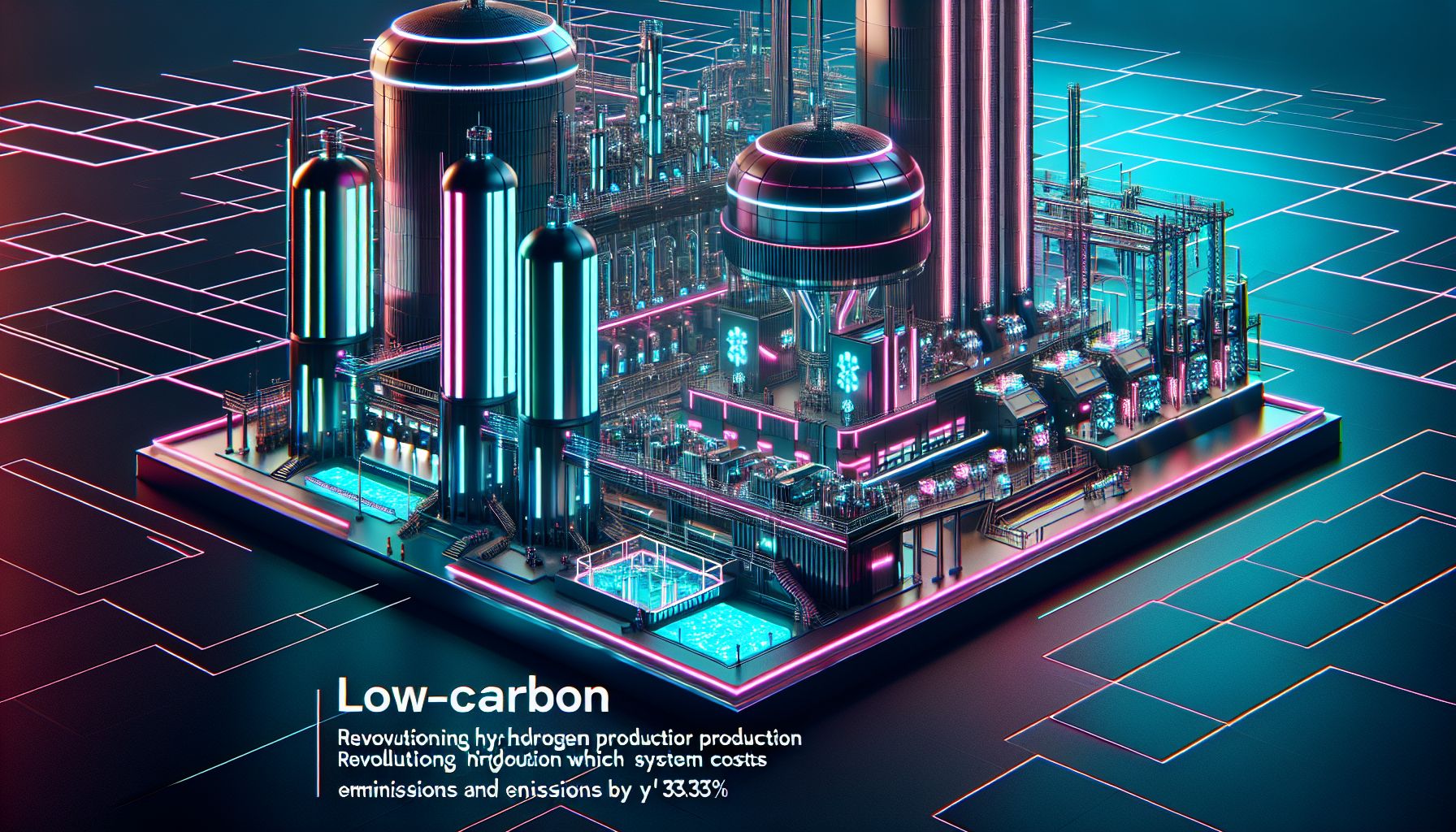Revolutionary Hydrogen Production Model Slashes Emissions and Costs

London, Friday, 10 October 2025.
A new low-carbon dispatch model is transforming hydrogen production by cutting system costs by 14.34% and emissions by 35.55%, making clean energy more attainable and sustainable.
Game-Changer in Hydrogen Production
I recently came across a groundbreaking study introducing a low-carbon dispatch model that’s set to revolutionise hydrogen production. This model manages to cut system costs by a whopping 14.34% and slashes emissions by an impressive 35.55% [1]. It’s like trading in your old, gas-guzzling car for a slick, eco-friendly hybrid. The model’s secret sauce? It integrates coal-to-hydrogen and electrolytic hydrogen production using oxygen, which not only curbs costs but also maximises the refined use of hydrogen [1].
The Magic of Synergy
Now, here’s where it gets even more interesting. The model introduces oxy-fuel combustion capture (OCC), effectively coupling coal-to-hydrogen, electrolytic hydrogen production, and carbon capture units, all driven by oxygen [1]. It’s like having a trio of superheroes joining forces to save the planet. This synergy is the key to transitioning from grey to blue hydrogen, making the whole process not just cleaner but also more cost-effective [1].
Trading Framework: A Win-Win
But wait, there’s more! The model also proposes a trading framework that’s akin to a financial wizard casting spells. It enhances the linkage between carbon emission trading and green certificate trading markets [1]. Imagine boosting your total revenue from carbon emission trading and green certificate trading by a staggering 154.35%, while further reducing emissions by 7.62% [1]. That’s like getting a bonus while also saving the planet!
Looking Ahead
So, what does this mean for the future of hydrogen production? Well, it definitely looks promising. With this model, we’re not just dreaming about a cleaner future; we’re building it. The results from case studies are encouraging, and if widely implemented, this model could be a game-changer in our fight against climate change [1]. It’s time to buckle up for a cleaner, greener tomorrow!